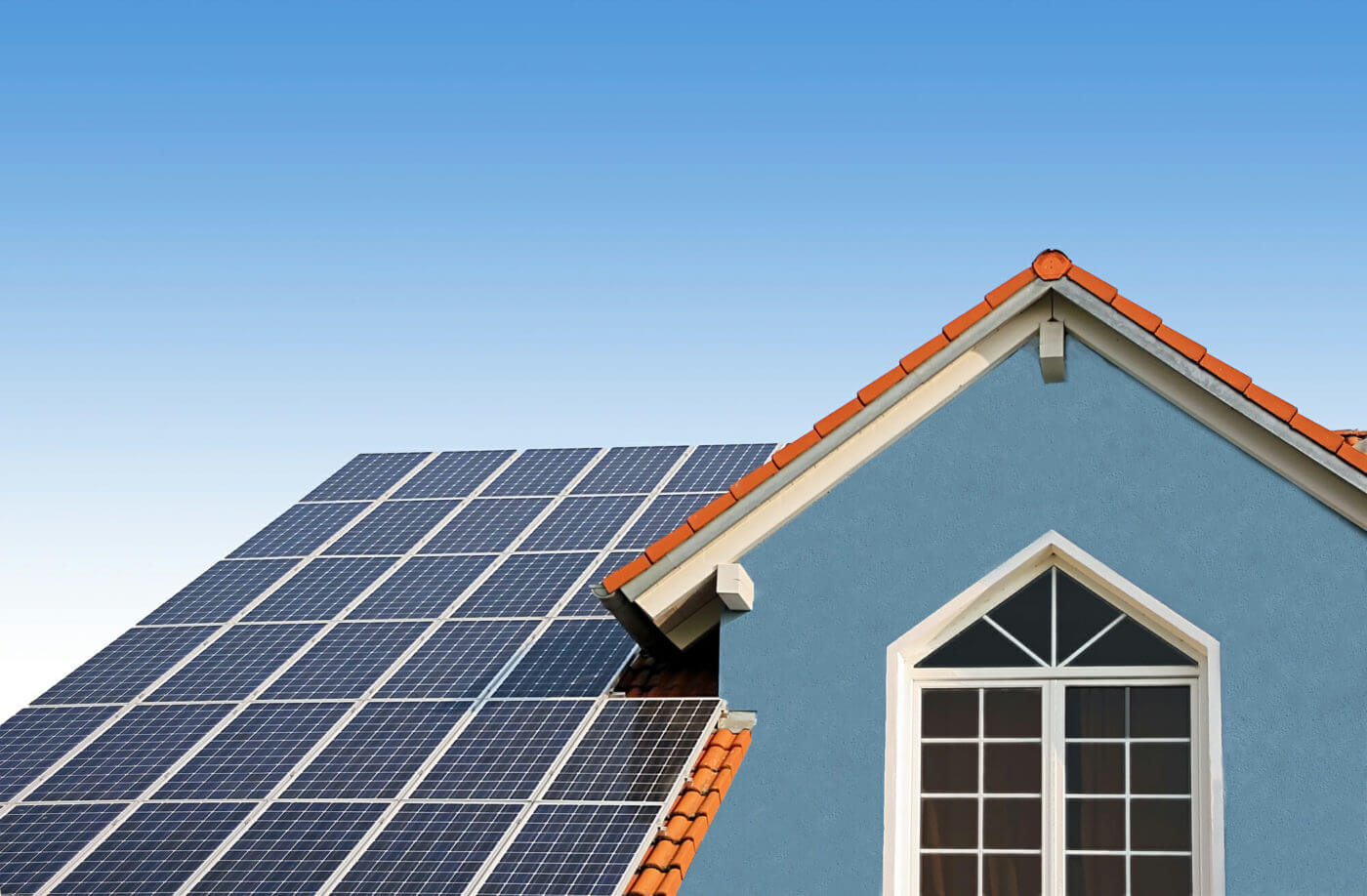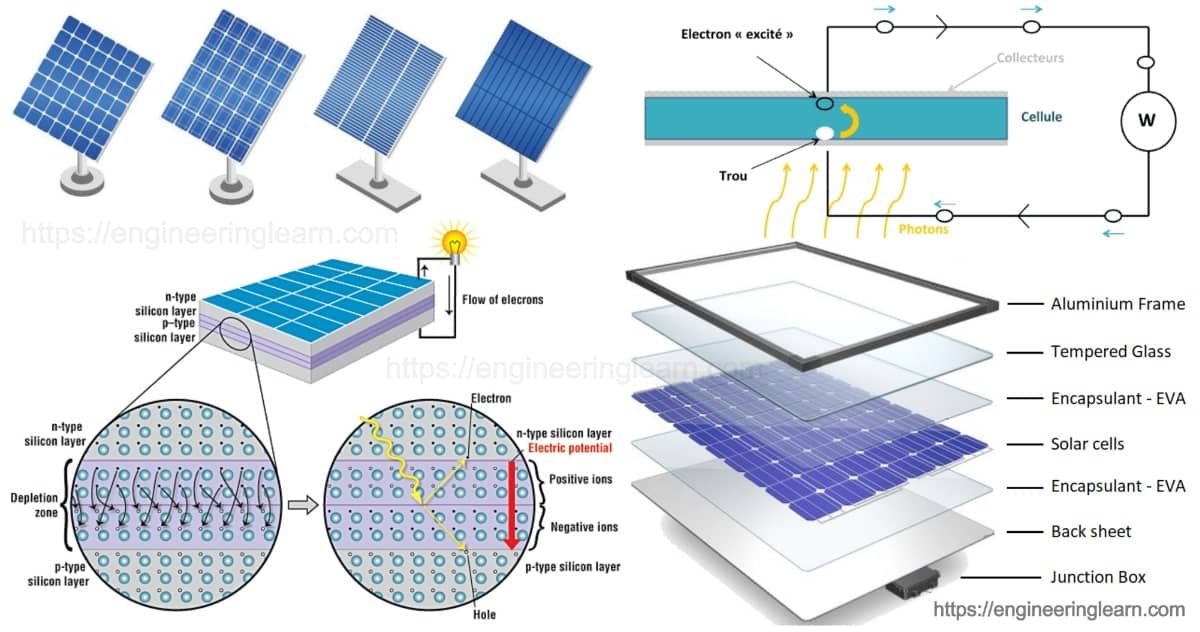How Solar Systems can Save You Time, Stress, and Money.
Wiki Article
4 Simple Techniques For Solar Systems
Table of ContentsThe Best Guide To Solar SystemsWhat Does Solar Systems Mean?An Unbiased View of Solar SystemsEverything about Solar Systems
There are three various kinds of solar panels: monocrystalline, polycrystalline, as well as slim movie. Monocrystalline photovoltaic panels are very reliable as well as have a sleek style, however come at a higher cost point than other solar panels. Polycrystalline solar panels are more affordable than monocrystalline panels, nonetheless, they are much less reliable and also aren't as visually pleasing.Nowadays, there are numerous selections of monocrystalline solar panels on the market to select from., are ending up being a progressively popular monocrystalline option.
Due to the fact that monocrystalline solar batteries are made from a single crystal of silicon, electrons have the ability to conveniently stream throughout the cell, increasing general effectiveness. Not only do monocrystalline panels have the highest possible effectiveness ratings, they commonly additionally have the highest possible power capacity rankings. Many monocrystalline panels on the marketplace today will certainly have a power outcome ranking of a minimum of 320 watts, yet can increase to around 375 watts or higher!.
Due to the fact that polycrystalline cells include multiple silicon cells, the electrons can not move as conveniently and also as a result, lower the efficiency of the panel. The reduced efficiency of polycrystalline panels likewise implies they often tend to have a lower power outcome than monocrystalline panels, generally varying between 240 watts as well as 300 watts.
The Solar Systems Diaries
In order to fulfill your power requires, you would need to set up more thin film panels over a big location to create the exact same amount of electrical energy as crystalline silicon solar panels. This is why slim movie solar panels do not actually make feeling for property installments where room is restricted.The temperature coefficient tells you how much the power result will certainly reduce by for every 1 * C over 25 * C the panel gets. The basic temperature coefficient for mono and polycrystalline panels typically drops somewhere between -0.
With some slim movie panels, it's hard to also see the private cells within the panel. They likewise have a tendency to have less electrical wiring as well as busbars, meaning there's much less white area. Due to the fact that they are so inefficient, you would require to cover your entire roof covering in slim film panels - which may or might not be your style.

Some manufacturers have actually functioned around this with black packaging or shaping the cells in a different way, but these aesthetic changes can impact both the rate and also efficiency of the panels. In general, monocrystalline panels still look smooth, but they're a little bit extra noticable than thin film panels. solar systems. The procedure in which polycrystalline solar batteries are produced causes the cells to have a blue, marbled appearance.
The Definitive Guide for Solar Systems
If you get on a limited spending plan, polycrystalline panels might make even more sense check it out for you. We do not recommend slim film photovoltaic panels for residential installations - find out here now their efficiency as well as resilience do not make the low expense worth it, as well as it's unlikely you'll have almost adequate space to mount the number of slim film panels you would certainly require to cover your home power usage.Since they are made from pure silicon, they can be easily recognized by their dark black color. Making use of pure silicon additionally makes monocrystalline panels the most space-efficient and also longest-lasting among all three photovoltaic panel kinds. This comes at a cost a great deal of silicon is lost to generate one monocrystalline cell, sometimes getting to over 50%. solar systems.

Amorphous silicon panels (A-Si) derive their name from their shapeless nature. Unlike mono-and polycrystalline solar cells, the silicon is not structured on the molecular level.
The Best Guide To Solar Systems
$0. 32-$0. 65 $1 $1. 50 $0. 70 $1 $0. 60 $0. 70 $0. 50 $0. 60 $0. 43 $0. 50 Note that these numbers do not consist of the expense of setup as well as labor. With labor as well as various other overhanging aspects, the overall can increase to $2. 50 to $3. 50 per watt.
This implies that thin-film panels can be an excellent alternative for hotter environments or locations that experience even have a peek here more sunshine throughout the year. The upgraded International Building regulations of 2012 needs photovoltaic panels to match the fire ranking of the roof covering where they are installed. This is to guarantee that the modules do not increase the spread of fires in case of a fire.
Report this wiki page